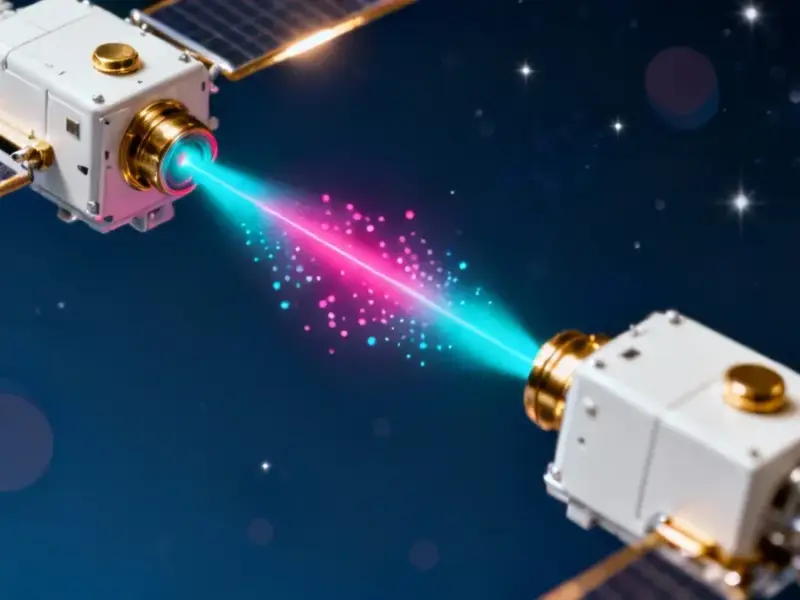According to AppleInsider, a UK startup called OneEightDegrees contacted them earlier this year about creating immersive sports streaming for Apple Vision Pro. The company, registered in March 2025, claimed it had over 1,100 waitlist signups within 24 hours for its “Be There” platform and was seeking £5 million ($6.6 million) in funding. Founder Aurther Nadeem, a recent college graduate, promised 16k/60fps streaming at 25Mbps bandwidth with a planned fall 2025 launch. However, the company has since gone silent, its website is now password-protected, and multiple follow-up attempts went unanswered. Meanwhile, Apple is making limited progress with NBA partnerships, including filming the Slam Dunk contest and planning 180-degree Lakers games for the 2025-2026 season.
Startup dreams meet hard reality
Here’s the thing about immersive sports streaming: it sounds amazing in theory, but the execution is brutal. This OneEightDegrees situation reads like a classic case of ambition outpacing reality. A recent graduate, a glossy website, big promises about 16k streaming – but when you dig deeper, the red flags are everywhere. The funding target was relatively small for what they were attempting, the founder’s experience was limited, and now they’ve basically vanished. It’s the kind of story that makes you wonder how many other startups are trying to tackle problems that even Apple struggles with.
The licensing nightmare
Let’s talk about the real barrier here: sports rights. We’re not talking about small change – Apple’s Formula One deal reportedly costs up to $140 million per year. And that’s just for traditional broadcasting rights. To add immersive video to the mix? You’re looking at renegotiating contracts or securing entirely new ones, which means more millions flowing to rights holders. Major sports franchises have built incredibly lucrative businesses around licensing everything they possibly can. They’re not about to give away immersive streaming rights to some startup without serious financial backing. Even Apple, with its massive war chest, is proceeding cautiously with limited NBA test cases rather than going all-in.
Technical hurdles are massive
Beyond the money problem, the technical challenges are staggering. Professional sports broadcasting requires broadcast-grade equipment, production trucks, and teams of experienced operators. OneEightDegrees claimed they could use off-the-shelf equipment and cameras that function without operators, but that seems… optimistic for premier-tier content. Apple’s own approach involves $33,000 Blackmagic Design cameras and custom camera systems spotted at events. And then there’s the bandwidth issue – promising 16k streaming at 25Mbps seems ambitious when Netflix recommends 25Mbps just for 4K content. The whole production pipeline from capture to delivery is filled with bottlenecks that can’t be solved by enthusiasm alone.
Where this is actually going
So what’s the realistic timeline for immersive sports? Apple’s approach of starting small with the NBA makes perfect sense. They’re testing the technology, gauging audience interest, and probably not spending insane amounts on rights for these experiments. The limited Lakers games and Slam Dunk contest footage will help them understand if there’s actually a market for this. But here’s the reality check: according to IDC’s AR/VR market data, the installed base for premium headsets like Vision Pro remains relatively small. Until that audience grows significantly, the business case for spending hundreds of millions on immersive sports rights just doesn’t add up. We’re probably looking at years of gradual experimentation before this becomes mainstream – if it ever does.




